What Is Blues Music And Where Did It Come From?
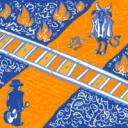
What is the blues?
As Son House puts it simply, the blues are nothing but the complexities of two people in love. Perhaps he especially implies any feelings of betrayal, regret, and misfortune that befall people who lay their heart on the line too far; those highest highs which can lead to the lowest lows.
Putting the academic glasses on for a second, the actual terminology of the blues traces way back to at least the 17th century, when English people would use the expression, “blue devils”. In other words, people who were out of their mind drunk, or suffering from alcohol withdrawls, would hallucinate and see “blue devils”. Thus around this time, the colour blue started to officially cement its association with feelings of suffering, living in excess, and agitation.
Fast-forwarding from these days of the 1600s to the 1800s, the word blues continued to reinforce these meanings. For instance, “Blue Laws” are Sunday laws which were enacted in the USA around this time which banned or restricted Sunday activities, such as the sale of cars or the sale of alcohol. In some regions, these blue laws still exist today.
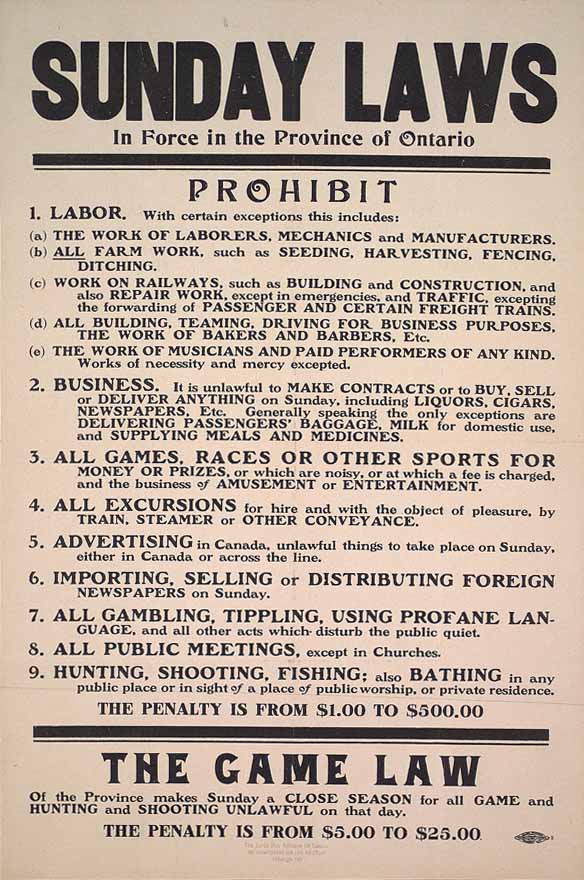
More evidence of the word “blue” being associated with sadness and down-heartedness came with Charlotte Forten, an African abolitionist school-teacher in the 1800s, whose diaries are still preserved today. In one of them, at the age of 25 on December 14th, 1862, she wrote that she “came home with the blues,” feeling lonesome and pitying herself.
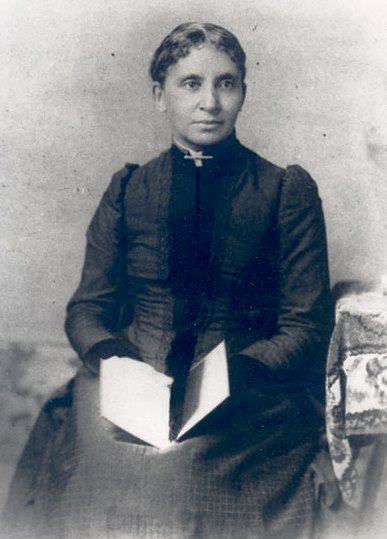
All in all, the precise moment when the word “blue” began to seep into the language of people to mean sadness is not known, but given these events it’s clear how that connection became stronger and stronger since at least the 1600s.
Where did the blues begin?
Although many would point to the blues having come from places like the Mississippi Delta, the blues really originates from West Africa.
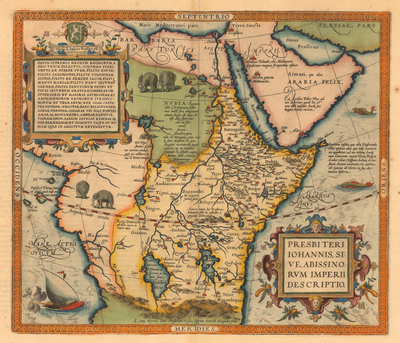
It began with the musical cultures of African people who were brought to American due to the slave trade. From the 1500s to the mid-1800s, colonialists forced millions of Africans, primarily from West Africa, to America and especially Americna plantations. The countries of these African people hailed is very relevant in tracing the history of blues. Being from West African nations such as Senegal, Gambia, Cote D’Ivoire, Nigeria, Mali, and Guinea-Bissau, these also happen to be the regions where Mande people of Africa resided. Bringing with them their instruments, such as koras, ngonis, and akontings, as well as drums which would be outlawed on American plantations, the Mande people continued to sing and play their rhythmically advanced music.
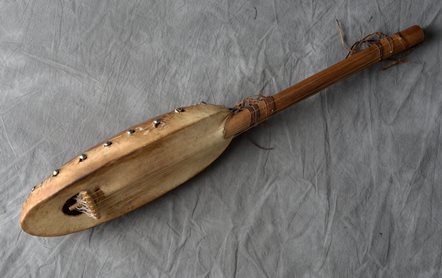
If European music’s rhythm was 2D, their culture’s rhythms were 3D. In other words, it was as if Europeans were still drawing without perspective, like old Egyptian 2D hieroglyphs, while these West African people were already far into advanced illustrations.
Building Blocks for the Blues
In fact, even from the time of being transplanted from West Africa to North America, the African people already had the building blocks of the blues. It’s surmisable that basslines for blues played today are almost note-for-note the same as the basslines from probably even before the 1800s, which is significant. This is evidenced from traditional West African Wassoulou music played today, which features basslines just like, for example, Albert King’s Matchbox Blues, although many other resemblences exist with other blues songs like Moanin’ At Midnight by Howlin’ Wolf.
Harmonically, right from these beginnings of the straight-up absurd slave trade, another building block was already present. Instruments such as the ngoni were tuned to the pentatonic scale; anyone who’s learned blues on an instrument knows that this is melodically key to the blues.
Thus, much like the way scientists predict that the beginning of life was brought about by a primordial soup of crucial organic compounds, the primordial soup of the blues was here; advanced, syncopated rhythms combined with pentatonic sounds. This is actually even without mentioning that the singing style of West Africa, influenced by their native cultures and perhaps even by Muslim cultures which had pollinated the area in the 8th century, was already singing in that kind of quivering, scalar style.
Influences from North America
As time went on, especially through the 1700s and 1800s, the environment of America inevitably influenced these primordial components. For one, the language of course changed. Being barred from speaking their language, these African people adapted their music for English from their native tongues.
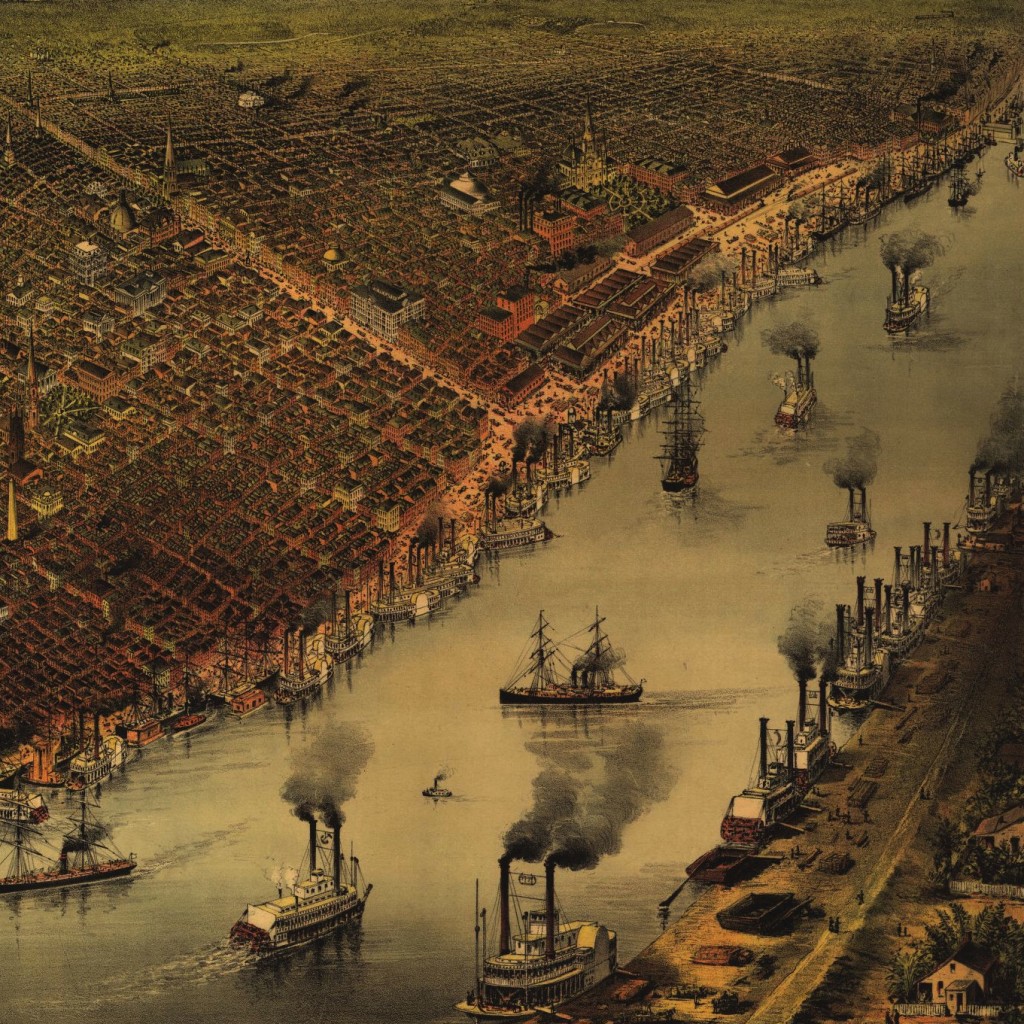
Next, the subject matter changed. Judeo-Christian subject matter was introduced, since these African people were also prohibited from practicing their initial faiths; also, subject matter related to their environment, from the Mississippi River to animals such as mares and boll-weevils, began to influence the song lyrics. Crucially also, the state of turmoil which Caucasians exerted upon Africans was also added to the songs.
Expressing Feelings of Despair
Therefore, colouring the rhythm and harmonies, this subject matter inspired the messaging of the music. Terribly, this messaging was no doubt one of sadness. Thus, it came out as being associated with the term “blues”. Treatment of Africans at this time is well-documented as being quite awful, which certainly motivated their expression via music. As an example, even after slavery was abolished in 1865, southern states concerned about their economic loss due to no more slavery, re-enabled slavery but in disguise. They enacted vagrancy laws combined with the convict lease system.
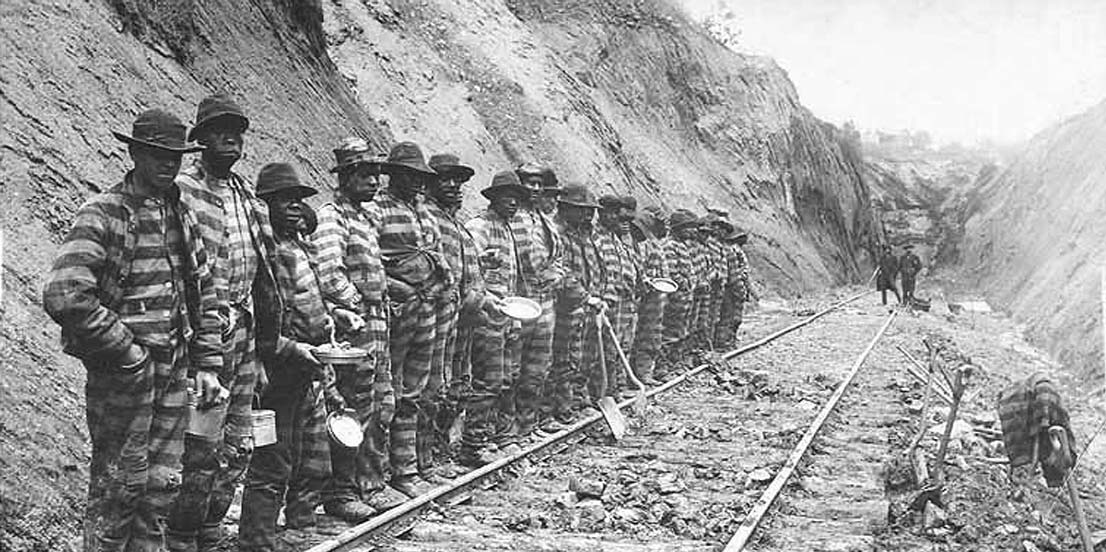
Thus, states made it legal to arrest Africans for practically no reason, after which they’d sell groups of prisoners to labour for private companies. In other words, southern states made heaps of money for incarcerating Africans, and private companies also profited from the slave-like labour. As such, Georgia’s prison populations multipled 10x from 1868 to 1908, North Carolina’s prison populations increased almost 11x from 1870 to 1890, and Florida’s increased almost 9x from 1881 to 1904. For example, in 1898, 73% of Alabama’s entire annual state revenue came from convict leasing, which was known as extremely corrupt (obviously) and rife with violence.
It’s pretty obvious how, given these times, the baseline state of Africans was one of despair. Plus of course laws weren’t in place for the right to vote, the right to attend public schools, the right to equal treatment under law, the right to bear arms, and so on. These changed quite slowly over time of course, but the point is that all these economic and social conditions played a huge part in how the music developed.
Spreading Across the United States
This is all just a snapshot of what the blues, roughly-speaking, is and where it developed. Overall, it’s visible that West Africans pioneered it and introduced it to North American beginning in areas where they were transplanted to, which were primarily southern plantations.
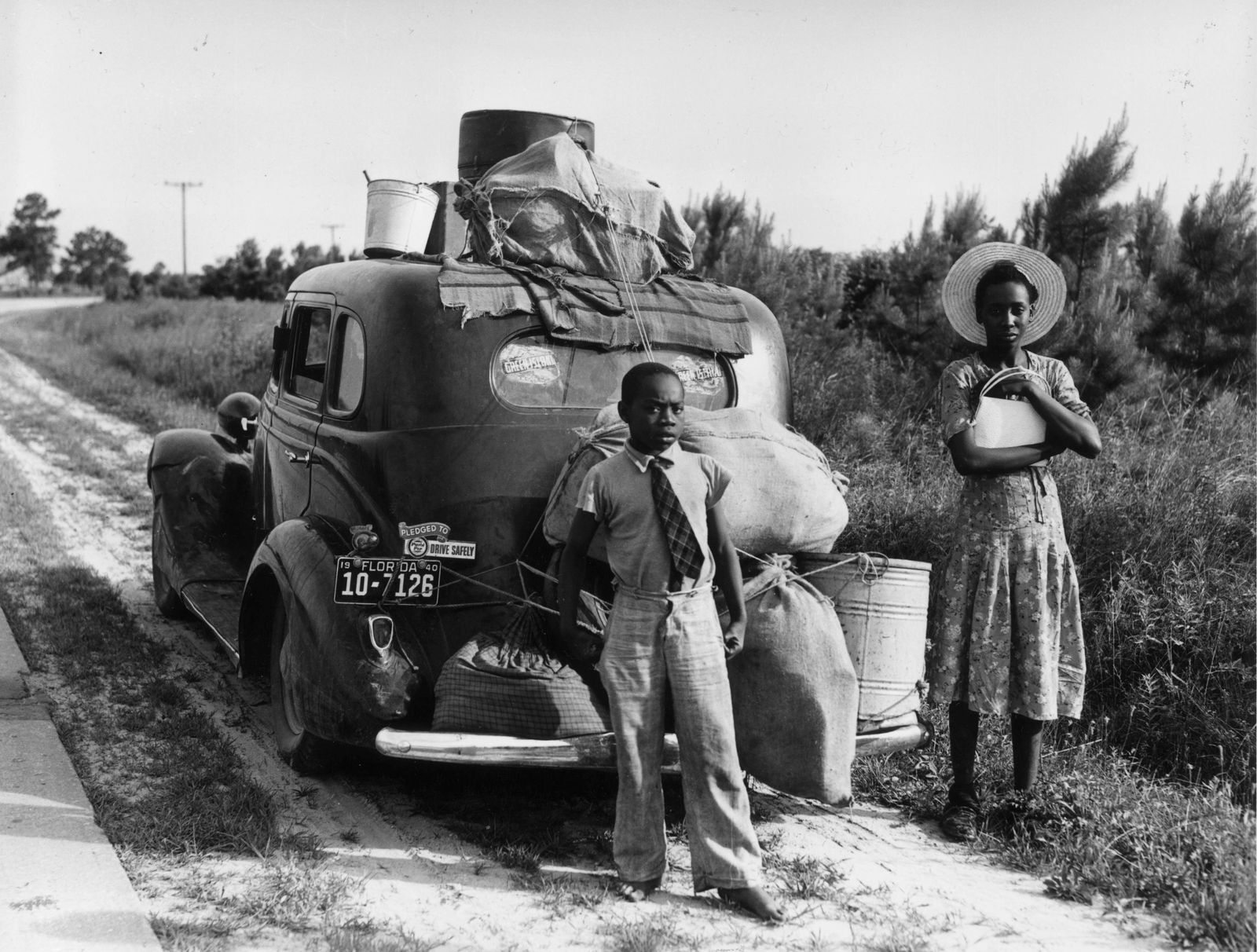
From there, after the abolition of slavery and also around 1910, trying to escape Jim Crow laws, Africans left plantations for more urban areas, such as Chicago, St. Louis, Kansas City, and Detroit, further spreading this developing music called the blues.
W.C. Handy’s 1903 Encounter
To cap off this tale, a result comes with W.C. Handy’s famous anecdote. Handy is remembered as a father of the blues, since he was one of the first to write its famous 12 bar blues form on sheet music. However, he was not of course not its inventor as we’ve seen here; in fact, his first encounter with the blues came after all of these cultural forces discussed were blossoming and being perpetuated by real people, who were peppered across the United States at the turn of the century. Catching some extra sleep on a train travelling through Tutwiler, Mississippi around 1903, he was awakened by sounds which changed his life-course.
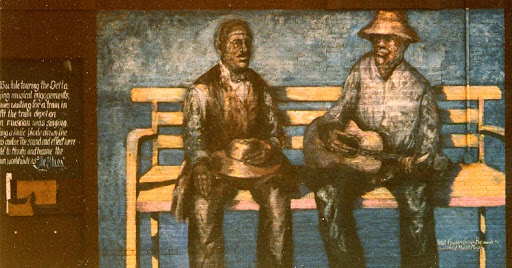
A lean, loose-jointed Negro who had commenced plucking a guitar beside me while I slept. His clothes were rags; his feet peeped out of his shoes. His face had on it some of the sadness of the ages. As he played, he pressed a knife on the strings in a manner popularized by Hawaiian guitarists who used steel bars…the effect was unforgettable. His song, too, struck me instantly…the singer repeated the line “Going’ where the Southern cross’ the Dog” three times, accompanying himself on the guitar with the weirdest music I had ever heard.